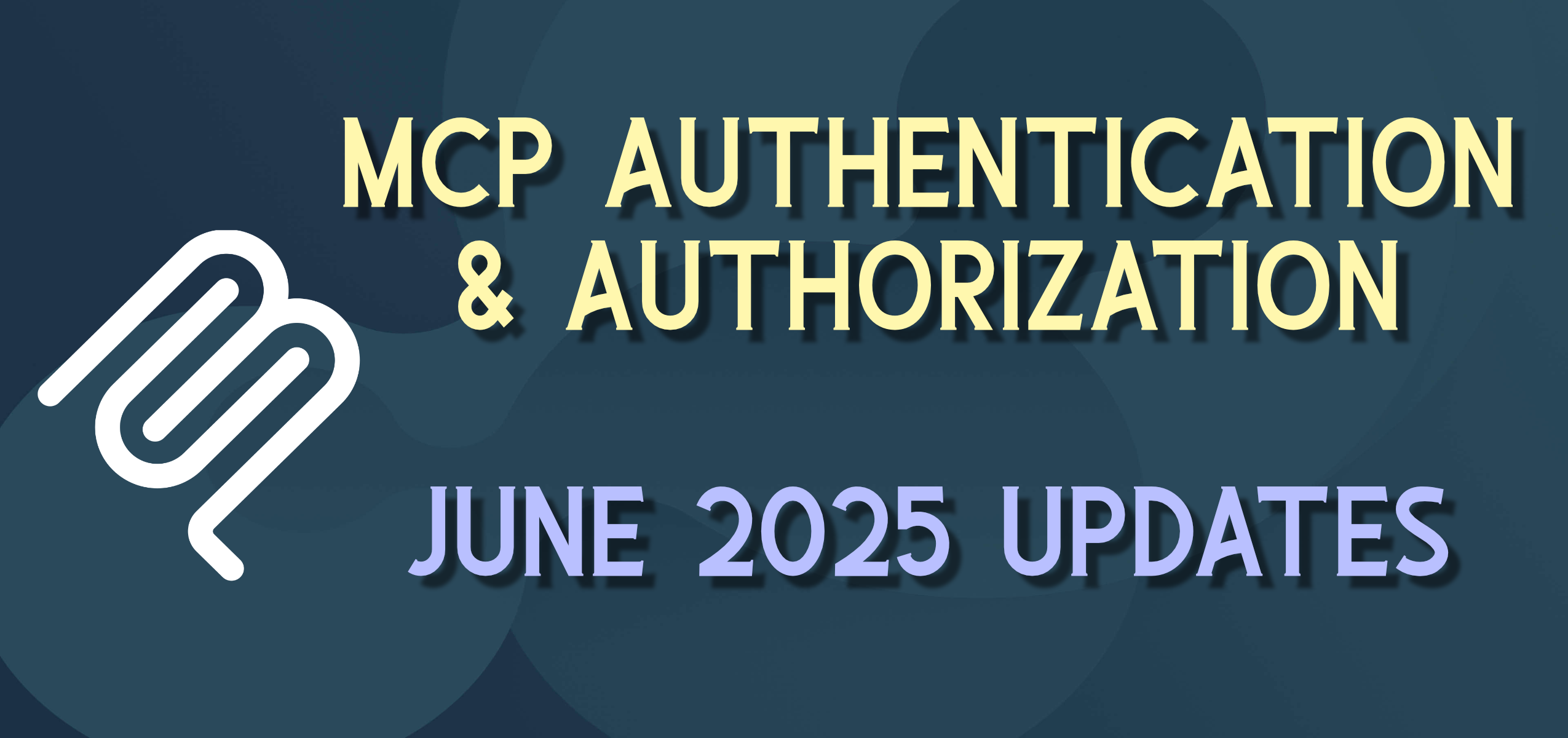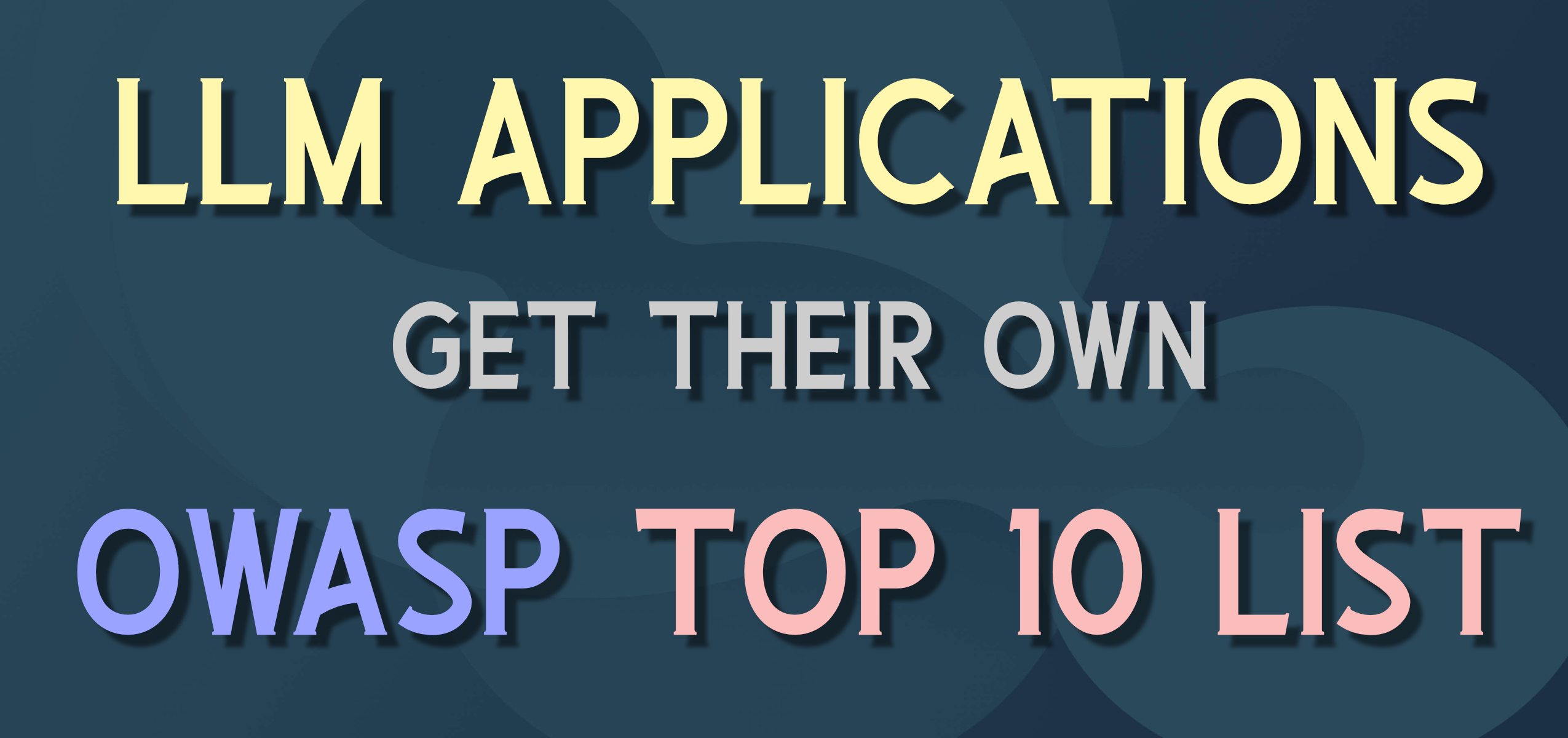Lessons from Keynote #2 – Steve Jobs
If you ask most of the world about Steve Job’s keynote this week, they will basically tell you that it was the iPhone 3G announcement (new cheaper, faster, stronger, iPhone for the world) – which is true, but it was more than that. This was at the WWDC (world-wide developers conference) for Apple Computer.
iPhone as a Primary Platform
There were 5200 (sold out) developers at the WWDC for 147 different sessions (85 on Mac, 62 on iPhone). 62 on iPhone – 42% of the developer sessions were on the iPhone and new iPhone SDK 2.0. You see, Apple doesn’t sell that many Macs, as their competitors will tell you. Macs are only 5-10% of the total number of personal computers out there. When Apple came out with the iPod and iTunes, they found a market they could dominate. One of the other slides in this part of the keynote said there were “Three parts to Apple now Mac, Music, and iPhone”. Apple makes as much, or more, on their iPods and Music as they do their Macintosh computers.
Now they are looking to dominate the cell phone market as well – specifically the Internet-enabled “smart-phone” market. And much of the rest of the keynote showed how seriously they are taking this market. There has been talk of this trend away from personal computers and toward “intra-personal communicators”. People don’t want to be “tethered” to a desktop PC, but mobile with their laptops and cell phones.
Mobile devices are a first-class development platform for 2008+
Partnership and Perception
So what does Apple need to dominate the phone business that they don’t already have? (1) the Enterprise user (i.e. the Blackberry crowd), (2) the College / GenX crowd, and (3) the Techy crowd (i.e. the ones who timed every download on the “old” EDGE network), (4) Loyal Mac/iPhone fans, (5) Education users (very loyal to Apple) and (6) everyone else.
When announcing all their new features, Apple did some important things. For the Enterprise announcements they teamed up with top Fortune 500 companies to add credibility. They dropped key technology names like Exchange and Cisco to gain points with the corporate IT crowd. SEGA was first off with a motion-sensitive Super Monkey Ball application to appeal to fun/gamers with an app done in “2 weeks” that beats all/most N-Gage games 3 or more years into development. Then for “everyone else” there is eBay, TypePad, AP, MLB.com, etc. For the Techys/Mac folks there are demos of “Cow Music” and games from Pangea Software. For Education there are Medical content/training demonstrations.
In short it shows that Apple understands the market and their customers and has something to say to all of them.
Microsoft is doing a similar thing with Silverlight and the Olympics, MLB, NetFlix, and others.
It doesn’t matter how cool your technology is, if key players are not developing for it, then users won’t have any reason to move to it.
Leveraging the “2.0” Trend
Everything “cool” right now is “2.0” – whether it is Web 2.0, Learning 2.0, etc. Now there is the iPhone SDK 2.0. Most developers who wanted apps on the iPhone had to create Safari/Web based apps that fit well on the iPhone browser (and this will continue). But now what is touted as an “entirely new platform” enables full APIs (down to 3D graphics, and “presence”) for developing applications.
“2.0” isn’t coming, it is here – BTW, stop calling everything “2.0”
Internationalization
It has been largely possible to develop good web sites, and have them be very successful, using only American English. Some/few sites have worked to become multi-lingual in other primary languages. Apple made it clear that the iPhone will have support world-wide with versions and cell phone carriers in 70 different countries.
Developers need to think about multi-language support from the very beginning of applications.



